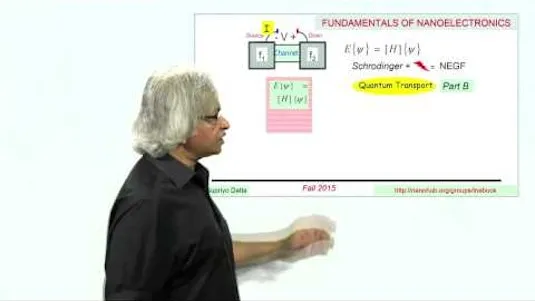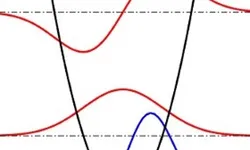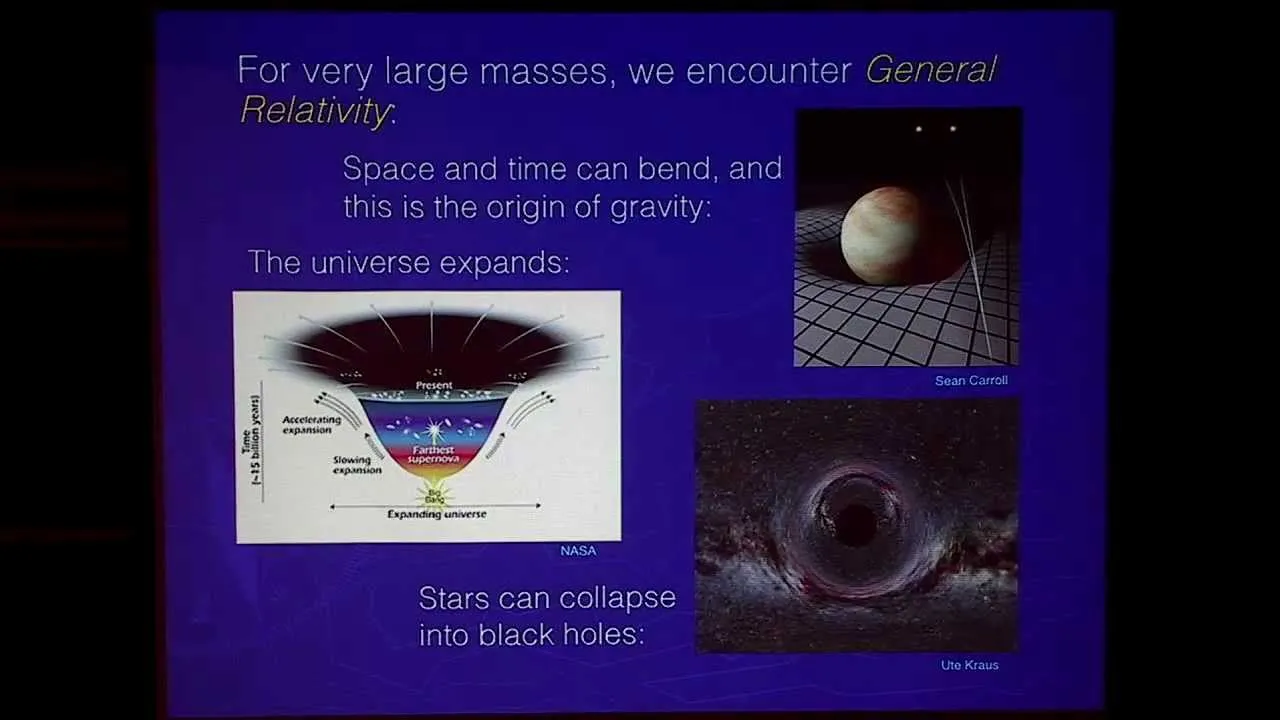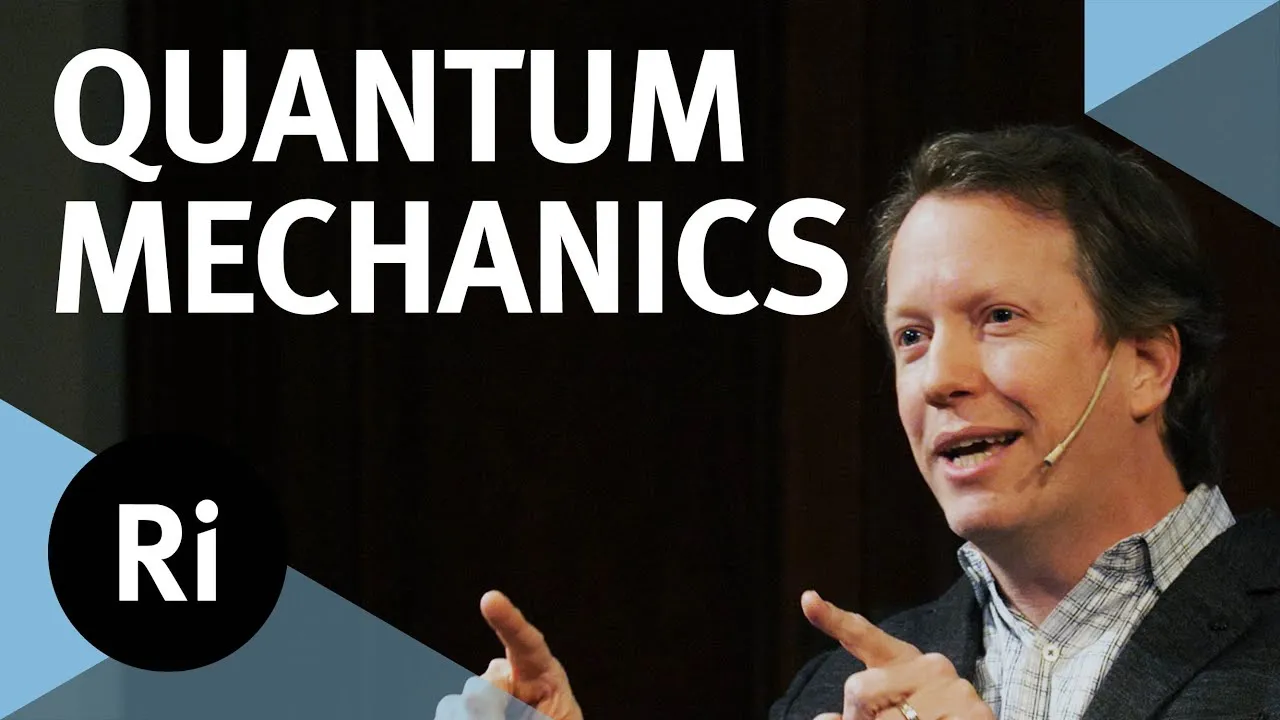
Fundamentals of Nanoelectronics Part B: Quantum Transport 
This course provides an introduction to the fundamentals of nanoelectronics, focusing on quantum transport. It covers topics such as the active region of transistors, which are only a few hundred atoms in length, and how they are used in everyday devices like smartphones. Students will gain an understanding of the principles of nanoelectronics and how they are applied in modern technology. ▼
ADVERTISEMENT
Course Feature
![]() Cost:
Cost:
Paid
![]() Provider:
Provider:
Edx
![]() Certificate:
Certificate:
No Information
![]() Language:
Language:
English
![]() Start Date:
Start Date:
Self paced
Course Overview
❗The content presented here is sourced directly from Edx platform. For comprehensive course details, including enrollment information, simply click on the 'Go to class' link on our website.
Updated in [March 06th, 2023]
[Course Overview]
This nanotechnology course provides an introduction to the fundamentals of nanoelectronics and mesoscopic physics. It is the second in a two part series, and covers more advanced topics such as the Non-Equilibrium Green’s Function (NEGF) method used to analyze quantum transport in nanoscale devices. Students will gain an understanding of quantum transport, the application of the Schrodinger Equation, and the basics of spintronics. This course is part of the nanoHUB-U project, which is jointly funded by Purdue and the National Science Foundation.
[Why to Learn]
This nanotechnology course is designed to provide students with a comprehensive understanding of nanoelectronics and mesoscopic physics. It is ideal for those with no prior background in quantum mechanics, as it provides an introduction to cutting-edge developments and concepts that will prepare them for a future in nanotechnology and nanoelectronics. Students will gain an understanding of quantum transport, the application of the Schrodinger Equation, and the basics of spintronics.
[Development Paths]
This nanotechnology course is part of the nanoHUB-U project, which is jointly funded by Purdue and the National Science Foundation. It is the second in a two part series, and provides an introduction to more advanced topics, including the Non-Equilibrium Green’s Function (NEGF) method widely used to analyze quantum transport in nanoscale devices. Students will gain an understanding of quantum transport, the application of the Schrodinger Equation, and the basics of spintronics.
[Related Learning Suggestions]
This nanotechnology course is ideal for those with no prior background in quantum mechanics. Students may also benefit from taking the first part of the series, Fundamentals of Nanoelectronics Part A: Introduction to Nanoelectronics. Additionally, students may find it beneficial to take courses in condensed matter physics, quantum mechanics, and electronics.
[Applications]
Upon completion of this course, students should be able to apply the fundamentals of nanoelectronics and mesoscopic physics to analyze quantum transport in nanoscale devices. They should also be able to understand the basics of spintronics and the application of the Schrodinger Equation. Furthermore, students should be able to use the Non-Equilibrium Green’s Function (NEGF) method to analyze quantum transport in nanoscale devices.
[Career Paths]
1. Nanoelectronics Engineer: Nanoelectronics engineers design, develop, and test nanoelectronic components and systems. They use their knowledge of physics, chemistry, and engineering to create and optimize nanoelectronic devices. As the demand for smaller, faster, and more efficient electronics increases, nanoelectronics engineers will be in high demand.
2. Nanotechnology Researcher: Nanotechnology researchers study the properties of materials at the nanoscale and develop new technologies and applications. They use their knowledge of physics, chemistry, and engineering to explore the potential of nanomaterials and nanodevices. As the field of nanotechnology continues to grow, nanotechnology researchers will be in high demand.
3. Nanoelectronics Fabricator: Nanoelectronics fabricators are responsible for the production of nanoelectronic components and systems. They use their knowledge of physics, chemistry, and engineering to create and optimize nanoelectronic devices. As the demand for smaller, faster, and more efficient electronics increases, nanoelectronics fabricators will be in high demand.
4. Nanotechnology Consultant: Nanotechnology consultants provide advice and guidance to companies and organizations on the use of nanotechnology. They use their knowledge of physics, chemistry, and engineering to help their clients understand the potential of nanomaterials and nanodevices. As the field of nanotechnology continues to grow, nanotechnology consultants will be in high demand.
[Education Paths]
Three degree paths that are recommended to learners of this course are:
1. Nanoelectronics Engineering: This degree path focuses on the design, fabrication, and testing of nanoelectronic devices. It covers topics such as nanoscale physics, quantum mechanics, and semiconductor device physics. Students will learn how to design and build nanoelectronic devices, as well as how to analyze and troubleshoot them. This degree path is becoming increasingly popular as the demand for nanoelectronic devices continues to grow.
2. Nanotechnology: This degree path focuses on the development and application of nanotechnology. It covers topics such as nanomaterials, nanofabrication, and nanoelectronics. Students will learn how to design and build nanoscale devices, as well as how to analyze and troubleshoot them. This degree path is becoming increasingly popular as the demand for nanotechnology continues to grow.
3. Materials Science and Engineering: This degree path focuses on the study of materials and their properties. It covers topics such as materials characterization, materials processing, and materials design. Students will learn how to design and build materials, as well as how to analyze and troubleshoot them. This degree path is becoming increasingly popular as the demand for materials continues to grow.
Course Provider

Provider Edx's Stats at AZClass
Fundamentals of Nanoelectronics Part B: Quantum Transport introduces the fundamentals of nanoelectronics with an emphasis on quantum transport. It covers topics such as the active regions of transistors, which are only a few hundred atoms long, and how they are used in everyday devices like smartphones. This nanotechnology course introduces the fundamentals of nanoelectronics and mesoscopic physics. This is the second part of a two-part series covering more advanced topics such as nonequilibrium Green's function methods for analyzing quantum transport in nanoscale devices.
Discussion and Reviews
0.0 (Based on 0 reviews)
Explore Similar Online Courses

Reclaiming Broken Places: Introduction to Civic Ecology

Alternative Approaches to Valuation and Investment

Python for Informatics: Exploring Information

Social Network Analysis

Introduction to Systematic Review and Meta-Analysis

The Analytics Edge

DCO042 - Python For Informatics

Causal Diagrams: Draw Your Assumptions Before Your Conclusions

Whole genome sequencing of bacterial genomes - tools and applications

Foundations of Quantum Mechanics

Gravity and Quantum Mechanics - The Quest for Unification


Start your review of Fundamentals of Nanoelectronics Part B: Quantum Transport